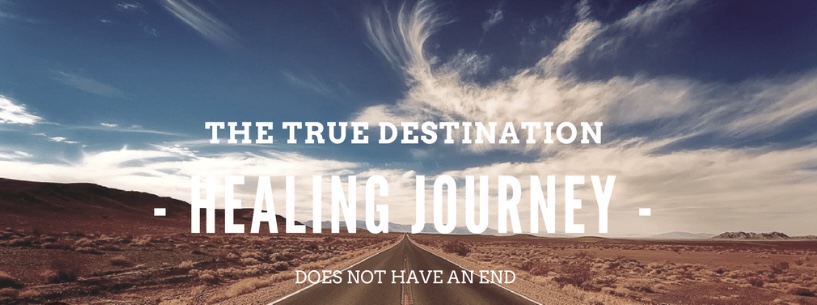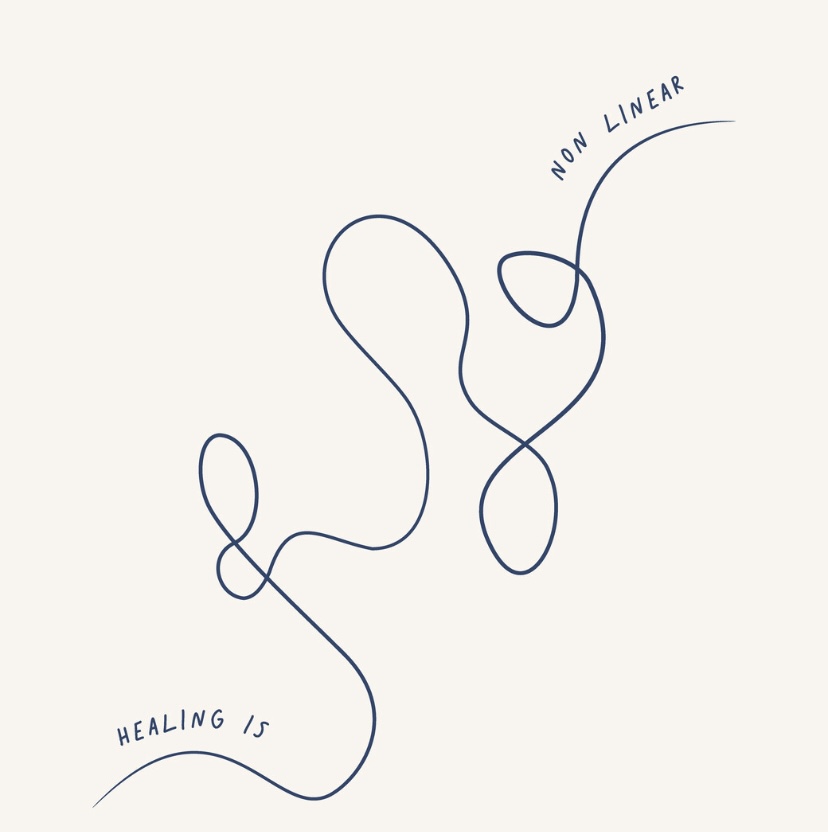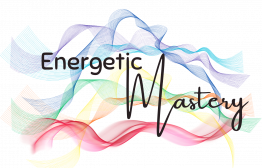Many people love and value structure and reason, therefore the concept of healing as a journey without a true destination can be hard to get their head around. It can therefore be thought of as simply a chore that they do not have the time for.

Here are my thoughts, using principles of reasoning and evidence-based thinking, which will hopefully open up a different perspective.
1. Life Is Constantly Changing
From a practical standpoint, life is dynamic—circumstances, relationships, and environments are in a state of flux. Healing, therefore, cannot have a fixed endpoint because the variables influencing our well-being are always shifting. Just as a system requires ongoing maintenance to adapt to new conditions, so do humans.
2. Healing as Continual Problem-Solving
Healing can be likened to a continual process, much like the way a scientist refines their findings or an engineer troubleshoots a design.
Each stage of healing presents new insights, new deeper layers…requiring reassessment and adaptation. Effectively becoming a feedback loop, where each step informs the next, rather than a one-and-done solution.
3. The Illusion of Permanence
It’s clear that very few things in life are permanent or absolute. Healing isn’t about reaching a state of perfection but about developing strategies and tools to navigate future challenges.
This aligns with the reality that circumstances and personal needs evolve over time.
To achieve ongoing peace, acceptance of all emotions is vital. If there are emotions that present themselves and make a person feel vulnerable (not enough/stupid/unloved – ultimately unsafe) then peace can be short-lived.

4. Data from Experience
Reflecting on personal experience or observing others reveals that healing doesn’t follow a simple timeline or endpoint. It’s reasonable to acknowledge that challenges and emotions resurface at different stages of life, requiring ongoing effort and adaptability.
5. The Practical Benefits of the Journey
Focusing on the journey yields tangible results: improved coping mechanisms, better emotional regulation, and increased resilience. These incremental benefits make the process worthwhile, even without a defined endpoint.
6. Parallels in Lifelong Learning
Healing can be compared to lifelong learning. Just as knowledge and skills evolve through ongoing education, healing is a cumulative process of growth. There’s no final “destination” to learning, only progress—just like in healing.
So however about reframing healing as a practical, evolving system rather than a static goal? I hope that this perspective highlights its rational foundation and allows non-believers to appreciate its necessity and value.
My final thought…
The journey will be emotional, tiring, freeing and joyful – all the different elements of life. We have to ride them anyway, so whilst it may not always be pretty – I guarantee it is the best thing you can do for you, your loved ones (and even the wider world).
